Asbestos: Where’s Your Management Plan?
Question
Check that a management plan exists for asbestos and question management to check they know where the asbestos locations are within their premises.
Reason for This Question
An asbestos management plan must be in place to comply with The Control of Asbestos Regulations 2012. Management must be aware of locations of asbestos and information easily accessible and updated every 12 months.
Possible Answers
Red: No Asbestos Management plan in place or outstanding issues not followed up by required date recorded on the database
Amber: Asbestos management plan in place but requires updating, and/or management may not be aware.
Green: Asbestos management plan in place, management aware and plan up to date.
Common Issues
- Unknown by staff if an asbestos management plan in place or an inspection had been carried out
- No asbestos management plan available
Fail Rate
36.36% of businesses failed this question based on our sample data.
How to Stay Compliant
Your health and safety manual should detail the arrangements and responsibilities in regards to asbestos management within your business.
Arrangements and responsibility for consideration include:
- Staff are trained in the risks from asbestos at their premises, and action to take if they have any concerns.
- Visiting contractors are made aware of any asbestos register.
- Liaison with contractors to identify any actions or information they need to be aware of to ensure that their work does not present a risk from asbestos.
- Ensuring that all premises are surveyed for the presence of asbestos in accordance with the local legislation requirements.
- Not allowing any contractor to work on asbestos containing materials without approval and any necessary licences required in that country
- Informing of the responsible person of the presence of any Asbestos within the location, the type and location of asbestos found.
- Regular monitoring and reviews of asbestos in accordance with local legislation requirements and ensuring that the premises’s asbestos register is maintained.
Ensure an asbestos register exists at your premises which identifies all locations where asbestos containing materials exist, where no asbestos containing materials exist, an entry is made in the plan to confirm the fact.
Additional Information
What is Asbestos?
Asbestos describes a collection of six fibrous minerals that occur naturally. Asbestos has six main sub-classifications: actinolite, anthophyllite, amosite, chrysotile, crocidolite and tremolite. There are three main kinds of asbestos that can still be found in buildings. These are commonly called “blue asbestos” (crocidolite), “brown asbestos” (amosite) and “white asbestos” (chrysotile). Each of them is a dangerous carcinogen, but blue and brown asbestos are more hazardous than white.
Asbestos became a popular building material during the 1950s because of it’s fire protection, insulating and non-corrosive properties. It’s use declined in the late 1970s when it became evident that asbestos posed a threat to health and safety of humans. It has now been scientifically linked to a number of lung and respiratory health conditions and is strictly regulated. Asbestos was withdrawn from use in most countries by 2000. Your building may have some asbestos within it if it was built before then.
Asbestos becomes a risk to health if asbestos fibres are released into the air and breathed in.
Asbestos is most commonly found in:
- Sprayed/loose packed asbestos – e.g. as fire breaks in ceiling voids
- Sprayed coatings & lagging to boilers & pipework
- Sprayed asbestos & cement mixture – fire protection
- Insulation boards
- Ceiling & floor tiles
- Asbestos board/paper products in electrical equipment
- Asbestos cement products e.g. corrugated roof sheets, wall cladding, cement guttering & pipework
- Some textured surface coatings e.g. Artex
Our Solutions
Health and safety manuals containing an asbestos management plan for your business are available as part of our Health and Safety Management System packages.
This post is part of the “Focus on Health and Safety Audit Questions” series.

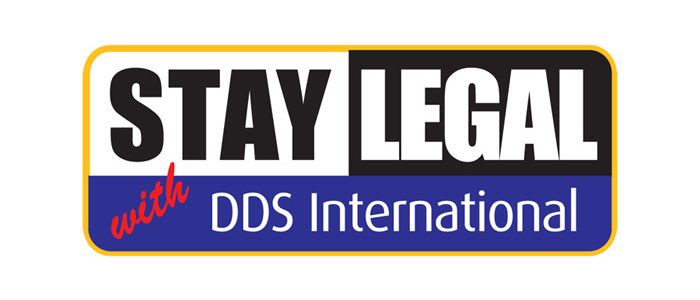
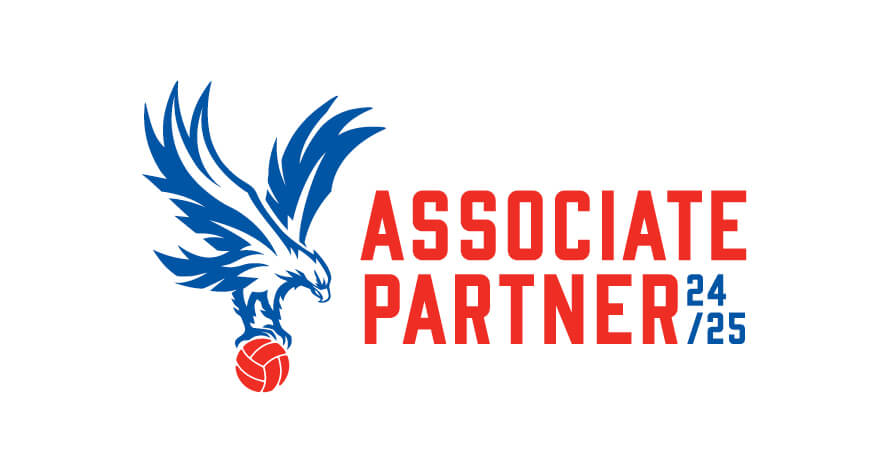
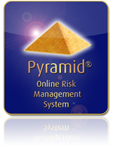


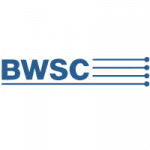



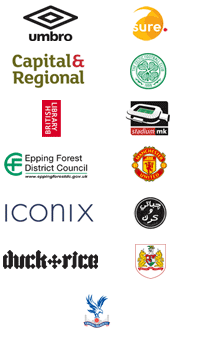
Comments are closed.